Hanoi Moi Newspaper respectfully introduces a series of articles: "Implementing Program No. 02-CTr/TU, term 2020-2025: Affirming the leading spirit, accelerating, breaking through, realizing the aspiration for double-digit growth" to clearly reflect the progress, bottlenecks, as well as breakthrough solutions, building a green, digital, cultural - sustainable and integrated growth model, worthy of the "nucleus" position in creating national development momentum in the new period.
First article: Affirming the leading role in development
After more than 4 years of implementation, Program No. 02-CTr/TU of the 17th Hanoi Party Committee has achieved remarkable results. Gross Regional Domestic Product (GRDP) reached an average of 6.57%/year, the economic structure shifted towards modernization, the digital economy rose to more than 16% of GRDP, the budget far exceeded the plan, a series of key infrastructure projects were completed... Hanoi is affirming its leading role, leading the development of the Red River Delta region and the whole country.

Outstanding achievements
According to the Steering Committee of Program No. 02-CTr/TU, the period of 2021-2025 is a challenging period with fluctuations from the Covid-19 pandemic, global economic instability, natural disasters and floods. The City Party Committee, People's Council and People's Committee have made efforts, determination, flexibility and creativity in directing and operating, together with the consensus and support of all levels, sectors, business community and people, the city has achieved outstanding achievements, affirming its leading role in leading the development of the region and the whole country.
It is expected that in the 2021-2025 period, the Gross Regional Domestic Product (GRDP) will increase by an average of 6.57% - 1.1 times higher than the national growth rate. The economic scale is estimated at about 63 billion USD, 1.42 times higher than in 2020, accounting for 41.54% of the Red River Delta and 12.6% of the country. GRDP per capita is estimated at 7,200 USD/year. The economic structure has shifted positively, towards modernization. The proportion of the service and tourism industries has continuously increased; key economic sectors such as high technology, e-commerce... have clearly changed. Specifically, services account for 65.6%, industry and construction account for 32.4%, and agriculture accounts for about 2% of the total GRDP. Budget revenue always exceeds estimates, estimated at 2.2 million billion VND, 1.8 times higher than the 2016-2020 period, accounting for about 25% of the country.
Investment in transport infrastructure development is focused. Accordingly, the city has basically completed key transport projects in the inner city area; accelerated the construction of belt roads, traffic intersections, national highways such as Ring Road 4 - Hanoi Capital Region, the road connecting Phap Van - Cau Gie and Ring Road 3..., large bridges across the Red River (Tu Lien, Tran Hung Dao, Ngoc Hoi). Along with that, the urban railway line 2A Cat Linh - Ha Dong and line 3 Nhon - Hanoi Railway Station (elevated section) are put into operation; as well as actively preparing to invest in a number of urban railway lines according to the plan.
Social investment capital implemented in the area - an important source of investment for growth, is expected to reach 2.48 million billion VND, 1.5 times higher than the period 2016-2020. Many slow-to-implement non-budget capital projects have been focused on, putting land resources into use, contributing to boosting economic growth and preventing waste. Attracting foreign direct investment (FDI) is estimated at 11.5 billion USD.
Notably, digital transformation is being promoted, with the proportion of the digital economy reaching 16.26% (about 9.5 billion USD) in 2024. Hanoi continues to maintain its pioneering position by completing 100% of online public administrative procedures at levels 3 and 4, with the rate of online settlement reaching over 80%. The contribution of science and technology, total factors (TFP) is about 48.5% for growth. The capital's startup and innovation ecosystem has developed remarkably with more than 500 enterprises being formed, many of which have successfully raised capital from international investment funds.
An important highlight of the recent period is the work of building and perfecting institutions. Resolution No. 15-NQ/TU dated May 5, 2022 of the Politburo on the direction and tasks of developing Hanoi Capital to 2030, with a vision to 2045, has created a favorable legal framework and clear orientation for the development of Hanoi. The Law on the Capital (amended) was passed by the National Assembly on June 28, 2024 at the seventh session of the 15th National Assembly, opening up a special mechanism, granting greater autonomy to the city. In particular, two important plans, the Hanoi Capital Planning for the 2021-2030 period, with a vision to 2050, and the Capital Construction Master Plan to 2045, have been approved, opening up new development space, creating conditions for Hanoi to fully exploit its economic, cultural and urban potential... These foundations are not only the driving force for the 2021-2025 period, but also the launching pad for sustainable development in the future.

And the limitations
Although the capital's economy has recovered and achieved comprehensive results, there are still some shortcomings in the implementation of Program No. 02-CTr/TU. The Steering Committee of Program No. 02-CTr/TU said that economic sectors maintained growth but the growth rate was still low. GRDP in the 2021-2024 period only reached 6.21%, much lower than the target of 7.5-8%. It is expected that the average GRDP in the 2021-2025 period will reach 6.57%, failing to meet the plan. In addition, attracting foreign direct investment (FDI) is not commensurate with the potential, lacking high-tech projects; linkages between FDI enterprises and domestic enterprises are still limited; the proportion of FDI capital invested in agricultural development is very low. Most of the capital is focused on real estate, processing and manufacturing.
The report of the Steering Committee of Program No. 02-CTr/TU clearly stated: “The development of knowledge economy and urban economy is not commensurate with the potential and strengths of the Capital; new economic models such as night economy, sharing economy, circular economy are not clear. The exploitation of land resources, high-quality human resources, science and technology and large corporations is not effective. Many large projects from before the expansion of administrative boundaries are still slow to implement, stuck and difficult to resolve”.
In addition, the annual disbursement rate of public investment capital is low compared to the set target. Specifically, in 2021, 36,565 billion VND was disbursed, reaching 79.2%; in 2022, 45,315 billion VND was disbursed, reaching 87.8% of the plan; in 2023, 54,122 billion VND was disbursed, reaching 94.4% of the plan; in 2024, 66,931 billion VND was disbursed, reaching 86.7% of the plan. Not to mention, the development of the industrial sector is still unstable; productivity, quality and competitiveness of key and spearhead products are not high, there are not many new products; the scale of supporting industries is still small. The growth of the processing and manufacturing industry is low, making it difficult to achieve the target of reaching 17% of GRDP by 2025.
The implementation of industrial park development in the preparation phase for investment in site clearance and construction of technical infrastructure, such as: Soc Son Clean Industrial Park, Quang Minh II, Hanoi High-Tech Biotechnology Park, faces difficulties in site clearance, traffic connection, planning adjustment, etc., so the progress of investment and completion of technical infrastructure is slow compared to requirements. The investment and business environment, competitiveness, administrative procedures and public services for businesses and investors have been continuously improved but have not created a superiority compared to many other provinces and cities in the country; in particular, the Provincial Competitiveness Index (PCI) in 2024 decreased by 15 places compared to 2020, ranking 24th out of 63 provinces and cities...
Along with that, there are still bottlenecks hindering the development process of the Capital, especially in terms of institutions and policies for exploiting resources to invest in infrastructure and handle pressing issues of traffic and environment; investment resources are still scattered; the potential and strengths of experts, scientists, universities and research institutes in the area have not been exploited and promoted; the digitization of specialized data of some agencies and units has not ensured progress... All these "bottlenecks" require the whole system to accelerate more strongly, towards the set big goals...
(To be continued)
Source: https://hanoimoi.vn/thuc-hien-chuong-trinh-so-02-ctr-tu-nhiem-ky-2020-2025-khang-dinh-ban-linh-dau-tau-tang-toc-but-pha-hien-thuc-hoa-khat-vong-tang-truong-hai-con-so-718096.html








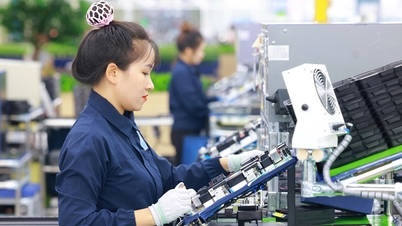

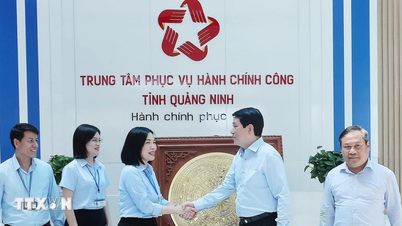

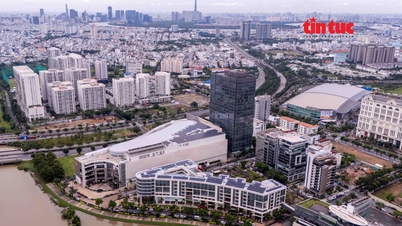

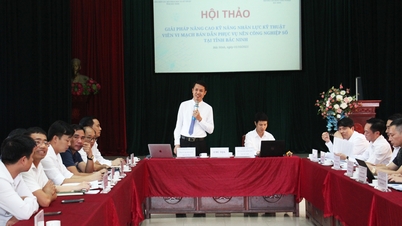
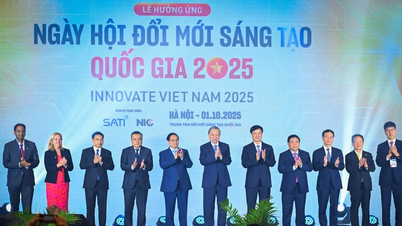

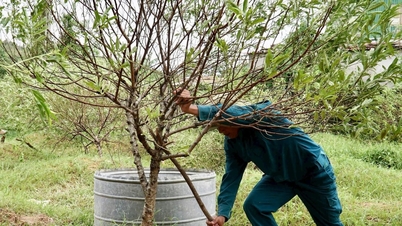

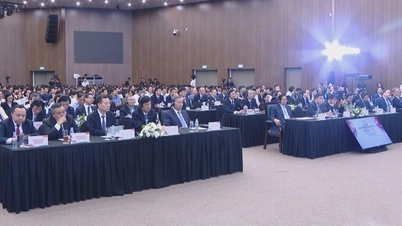

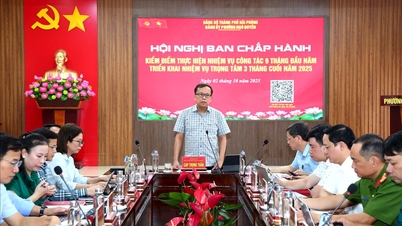

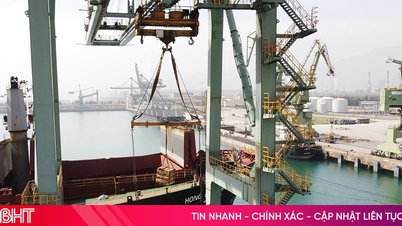

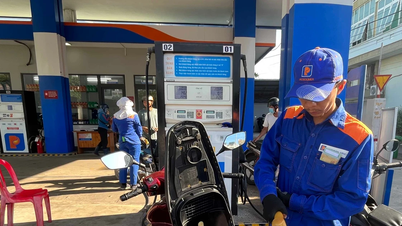

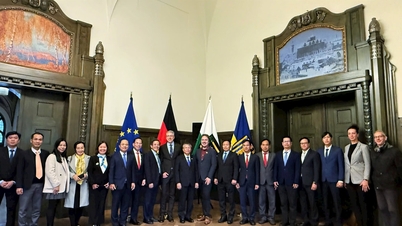

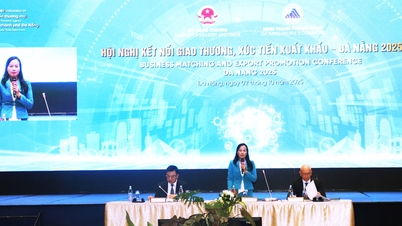




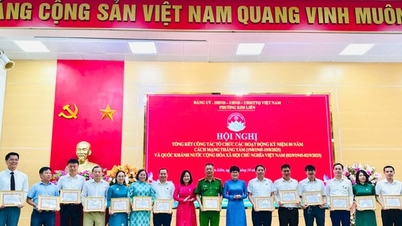
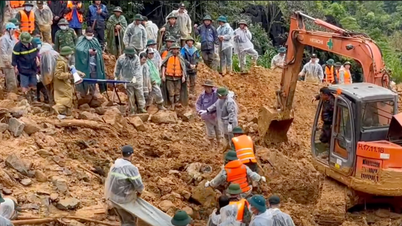
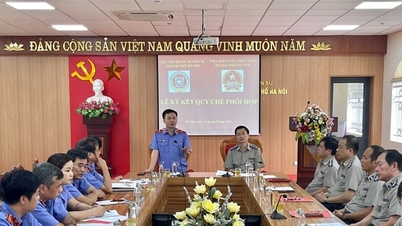
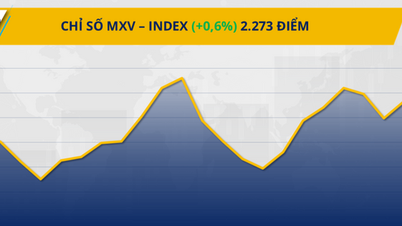
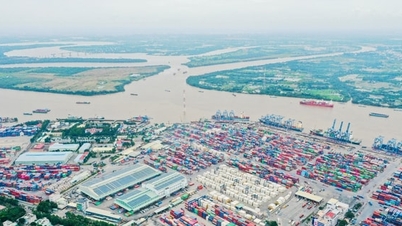
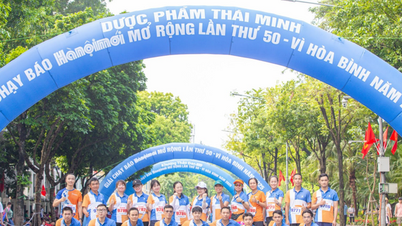






































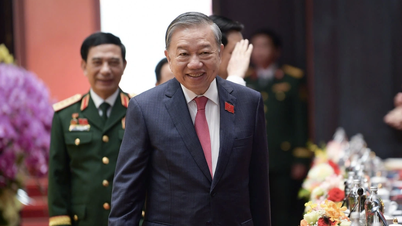





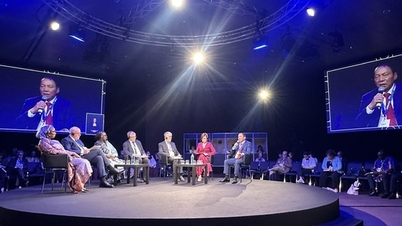

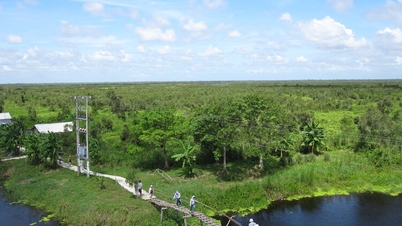

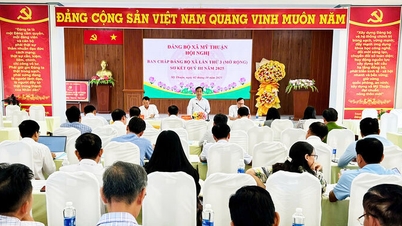
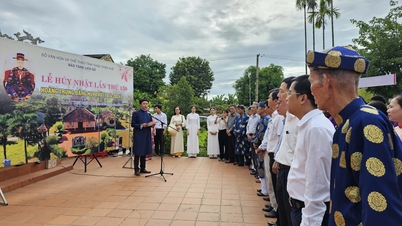

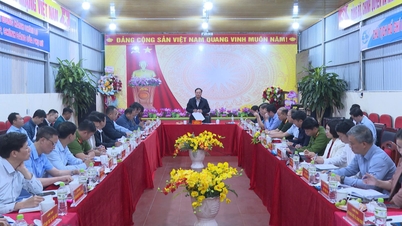















Comment (0)